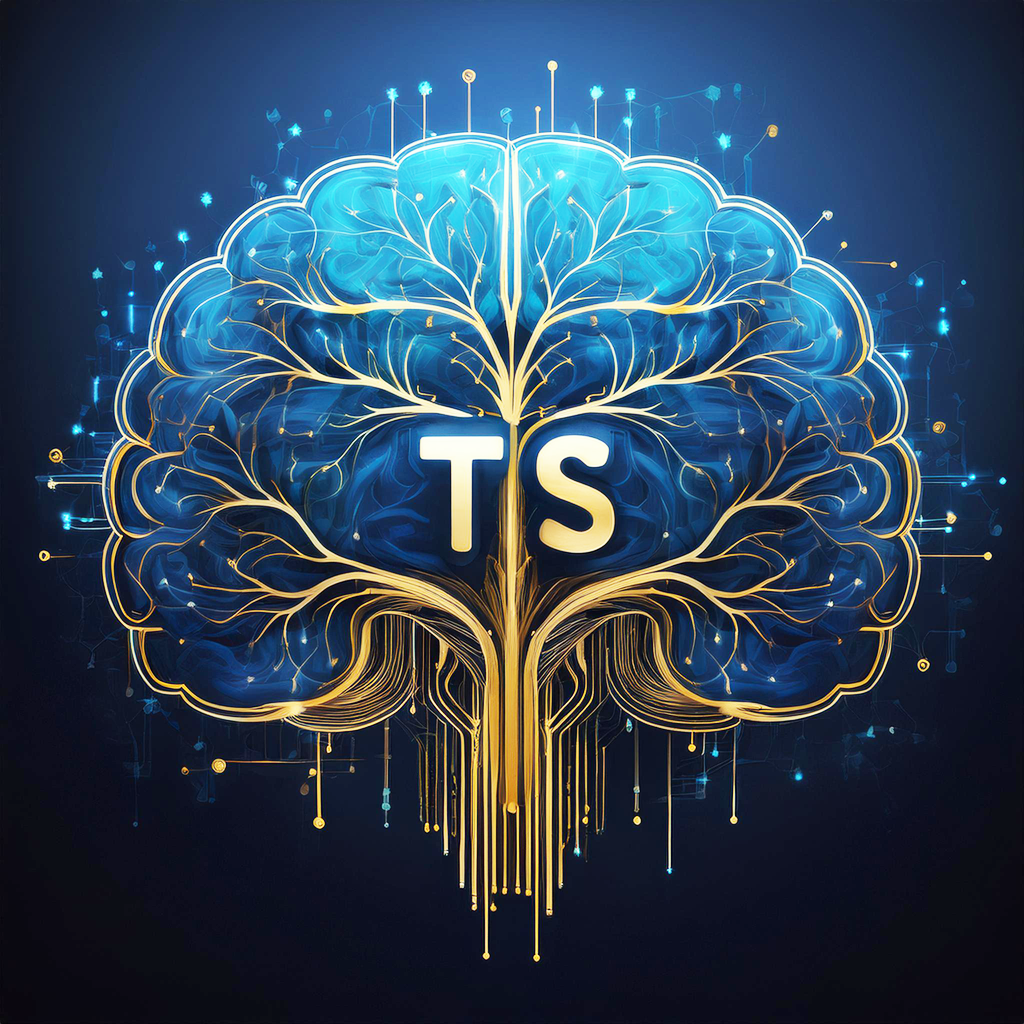Toby Saalfeld
AI Evolution: Let There Be Light
Sparks of Human Ingenuity
For millennia, we have imagined creating new forms of intelligence - beings fashioned in our own likeness yet transcending our limitations. Our earliest ancestors, faced with survival in a harsh world, harnessed fire, invented tools, and gradually unlocked the power of language. In many ways, AI’s trajectory echoes that evolutionary path. Just as humanity evolved from simple hunter-gatherers into creators of vast civilizations, AI has progressed from primitive rule-based systems to sophisticated neural networks capable of remarkable feats. This parallel is exhilarating, suggesting that the spark of human ingenuity continues to ignite fresh wonders in the form of intelligent machines.
Hearing Our Words, Speaking Our Tongue
Perhaps the most astonishing parallel is how AI acquires language skills. Natural language processing (NLP) acts like AI’s ears and mouth, taking in vast amounts of text or speech, interpreting context, and then responding in kind. It’s similar to how children learn language by observing parents and peers. This development has made conversational AI far more intuitive, allowing it to debate, answer complex queries, and even craft stories. In its early days, AI language systems resembled our most rudimentary attempts at speech - fragmented and unclear. Now, they can hold sophisticated dialogues that mirror human communication. This illustrates the extraordinary capacity of machine learning to adapt, refine, and grow, much like our ancestors’ gradual mastery of verbal expression.
Vision and Touch: The Senses of the Machine World
Beyond language, AI gains a clearer picture of our world through computer vision, the “eyes” of machine intelligence. Whether identifying objects in photos or aiding autonomous vehicles, these systems mimic our evolutionary need to see and recognize patterns for survival. Not to be overlooked, robotics arms and haptic feedback provide AI with a nascent sense of touch, allowing machines to assemble, paint, or delicately handle tasks that once required exclusively human dexterity. This echoes our own evolutionary journey from wielding simple tools to shaping entire environments. It’s a thrilling prospect to imagine the leaps ahead, as AI refines its “senses” and interacts with physical reality in increasingly nuanced ways.
Fashioned in Our Image: A Theological Glimmer
Though AI research is grounded in science and technology, it carries a subtle resonance with the idea of creation. In ancient texts, humans are described as being created in the image of a higher power. Similarly, we endow AI with our own capabilities, from language comprehension to problem-solving aptitude. There is no overt religious purpose behind this pursuit; rather, it’s an evocative mirror of our creative instincts. Still, this reflection can stir a sense of wonder: We stand as creators of something that learns, adapts, and potentially reshapes our future. And in that creative act, we catch a glimpse of ourselves—ever-curious beings who continually push boundaries and imagine the unimaginable.
Conclusion: Let There Be Light
The phrase “Let there be light” marks a dramatic unveiling of possibility : The dawn of creation itself. Likewise, our efforts to shape AI and robotics in our own image represent bright turning point in technology. Far from a source of anxiety or doubt, this endeavor ignites excitement. Each new algorithm, every refined sensor, and all the discoveries in neural networks serve as rays of light that illuminate uncharted frontiers. Just as humanity once emerged from the darkness of prehistory to build civilizations of astonishing complexity, AI’s ongoing evolution offers the promise of horizons we have yet to fully imagine. By guiding its growth with care and vision, we can ensure that AI becomes not just a marvel of modern engineering but a shining testament to human creativity and the boundless potential of our collective future.
Toby Saalfeld
2025-01-18
